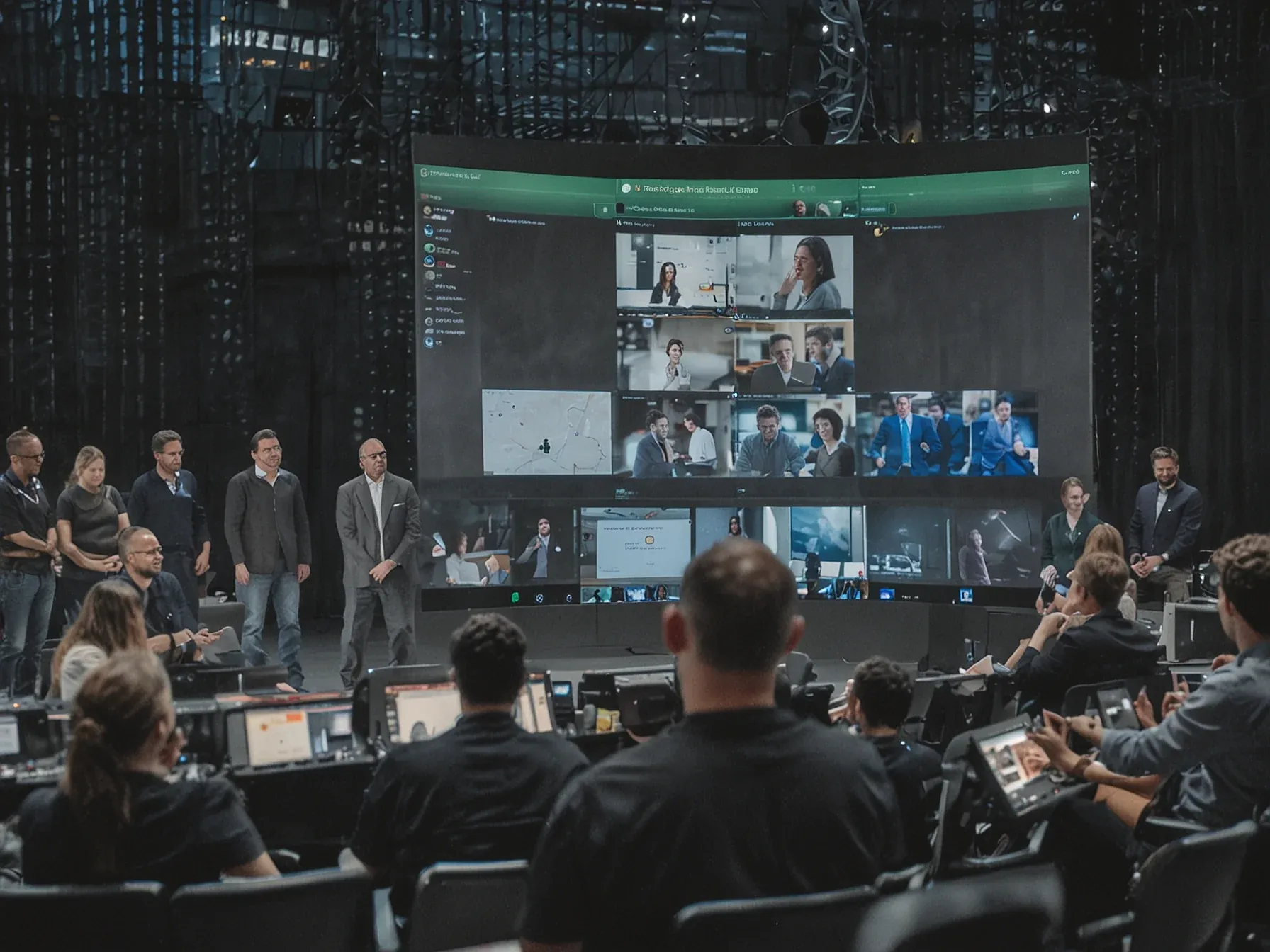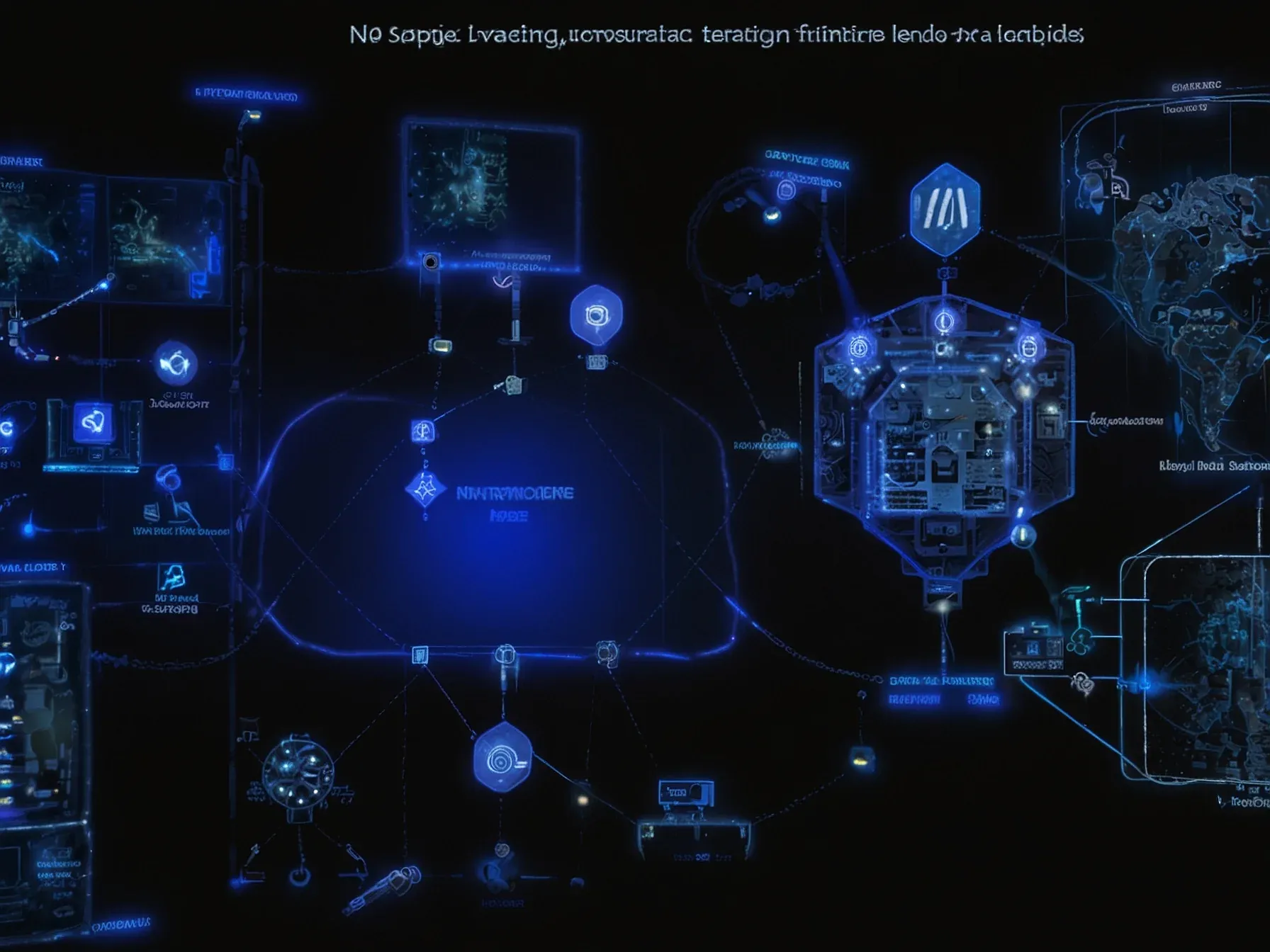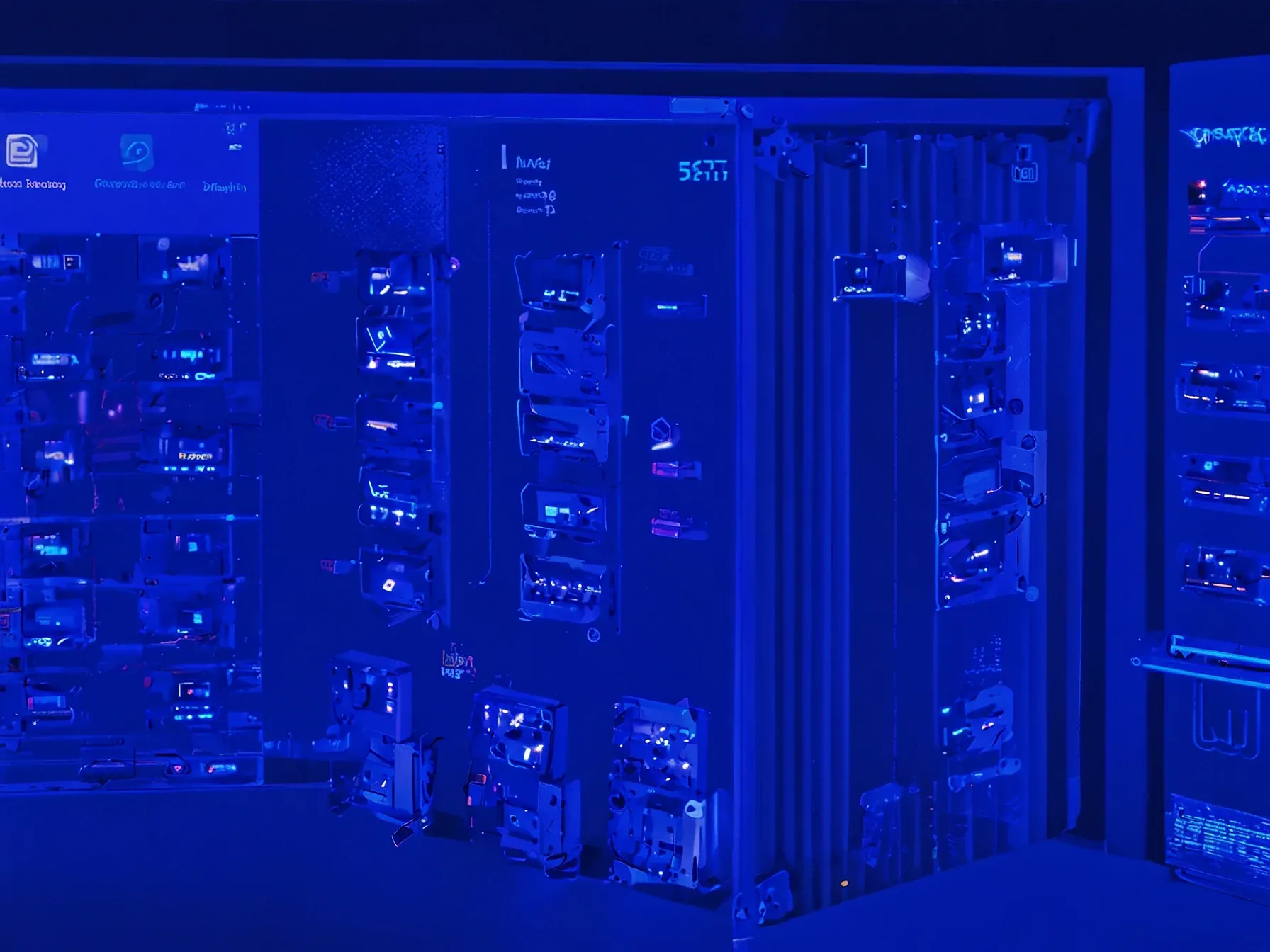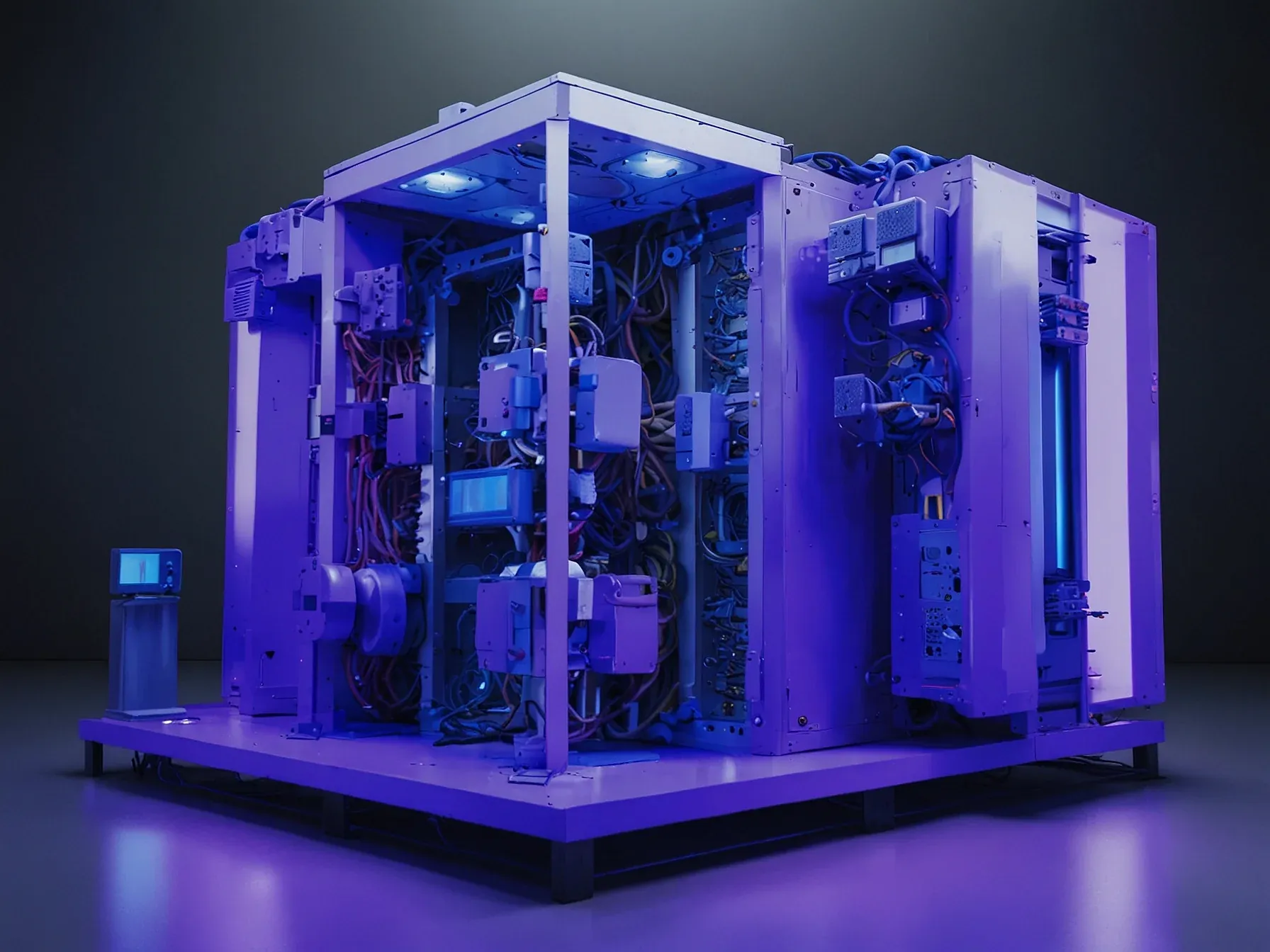
ChatGPT group chats launch, but enterprises must build custom orchestration
OpenAI just rolled out group‑chat functionality for ChatGPT, letting a handful of users spin up shared threads where the model can respond to multiple participants. The feature appears in the consumer‑focused app, but the rollout note makes clear it isn’t a blanket release for business users. While the tech is impressive, the underlying API still expects a single‑turn exchange, meaning the new UI is more of a wrapper than a wholesale redesign of how prompts are handled behind the scenes.
Companies that want to embed that collaborative feel into their own products can’t simply flip a switch. They’ll need to stitch together separate calls, keep track of who said what, and merge the model’s replies in a way that feels coherent to a team. That extra plumbing isn’t part of the out‑of‑the‑box offering.
For enterprise teams exploring how to replicate multi‑user collaboration with generative models, any current implementation would require custom orchestration—such as managing multi‑party context and prompts across separate API calls, and handling session state and response merging externally. Unti
For enterprise teams exploring how to replicate multi-user collaboration with generative models, any current implementation would require custom orchestration--such as managing multi-party context and prompts across separate API calls, and handling session state and response merging externally. Until OpenAI provides formal support, Group Chats remain a closed interface feature rather than a developer-accessible capability. Here is a standalone concluding subsection tailored for the article, focusing on what the ChatGPT Group Chat rollout means for enterprise decision makers in both pilot regions and globally: Implications for Enterprise AI and Data Leaders For enterprise teams already leveraging AI platforms--or preparing to--OpenAI's group chat feature introduces a new layer of multi-user collaboration that could shift how generative models are deployed across workflows.
ChatGPT’s new Group Chats let several users converse with a single LLM instance, mirroring the feel of a familiar messaging thread. The feature, first spotted in leaked code and now confirmed by OpenAI, works across the web interface and mobile apps, letting participants ping the model just as they would a friend. Yet, the rollout is limited to consumer‑facing scenarios; enterprises cannot simply flip a switch and expect seamless multi‑user collaboration.
Because existing APIs lack native support for shared context, companies must stitch together their own orchestration layer—tracking session state, merging responses, and routing prompts across separate calls. That extra engineering burden raises questions about scalability and reliability in high‑stakes environments. Is the current approach sufficient for teams that need real‑time, multi‑party AI assistance, or will it prove too fragile? OpenAI has not announced built‑in tools to handle these challenges, leaving it unclear whether broader adoption will materialize without significant custom development.
For now, the feature showcases a promising interaction model, but practical enterprise use hinges on solving the orchestration gap.
Further Reading
- ChatGPT Introduces Group Chats: A New Era of Collaborative AI - Macaron
- ChatGPT Group Chats: Redefining Team Collaboration and Social Interaction - IWeaver
- ChatGPT Group Chats Launch in Asia-Pacific Markets - The Tech Buzz
- Piloting group chats in ChatGPT - OpenAI
- ChatGPT Security Risks in 2025: A Guide to Risks Your Team Might Be Missing - Concentric AI
Common Questions Answered
What does OpenAI's new Group Chats feature allow users to do in ChatGPT?
Group Chats let several participants share a single thread where the LLM responds to each of them, mimicking a familiar messaging conversation. The feature is currently available in the consumer‑focused ChatGPT app on both web and mobile platforms.
Why must enterprise teams implement custom orchestration to achieve multi‑user collaboration with generative models?
The underlying OpenAI API still expects a single‑turn exchange, so enterprises need to manage multi‑party context, prompt construction, session state, and response merging across separate API calls. Without native support, these steps have to be built externally to simulate a shared chat experience.
How does the current ChatGPT API differ from the Group Chats UI in handling prompts?
While the Group Chats UI presents a multi‑user thread, the API behind it processes each interaction as an isolated, single‑turn request. Consequently, the UI acts as a wrapper rather than a redesign of prompt handling, requiring additional logic for any true multi‑user orchestration.
On which platforms is the Group Chats feature rolled out, and what are its limitations for business users?
Group Chats are available on the ChatGPT web interface and mobile apps, allowing consumers to ping the model like a friend. However, the rollout is limited to consumer scenarios; enterprises cannot simply enable the feature and must build their own solutions because it is not a developer‑accessible capability.




